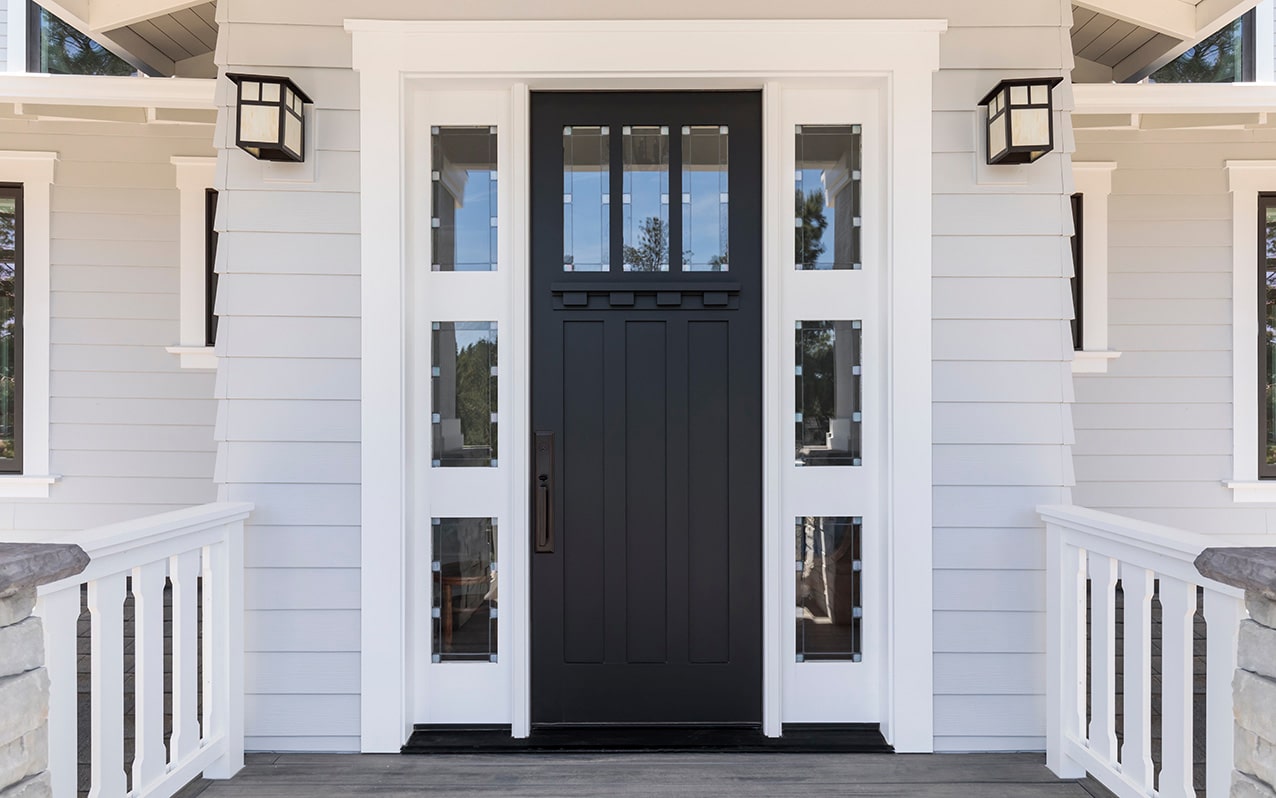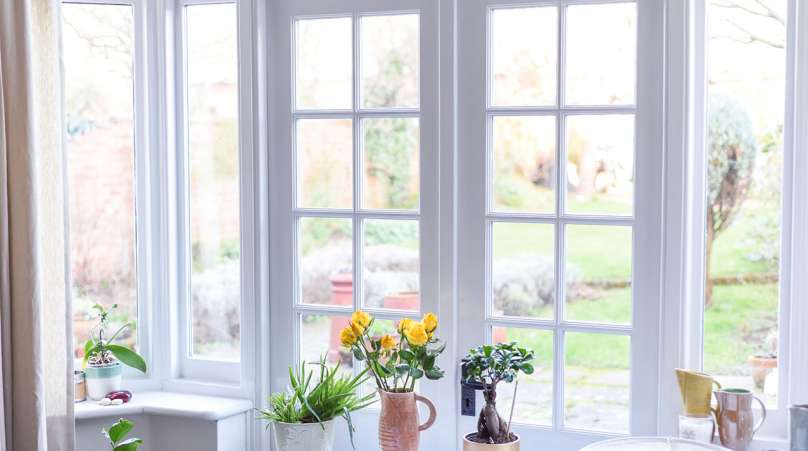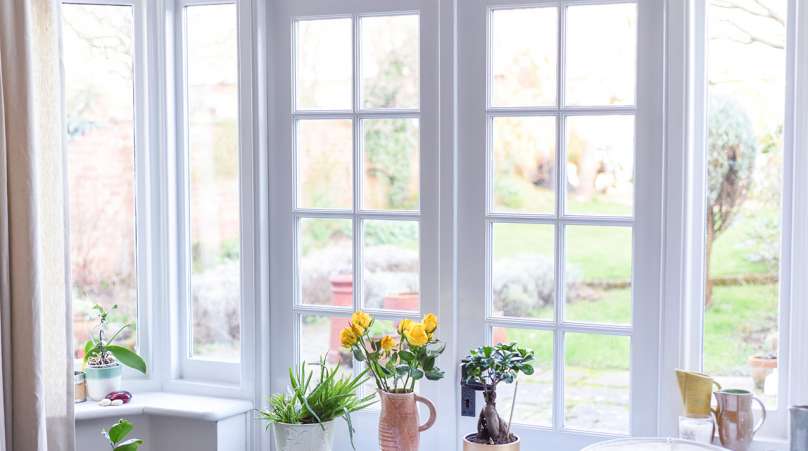
When Should I Replace My Old Entry Doors?
After you’ve been living at your residence a while, you may realize that your entry doors are starting to become difficult to open or close, or they might be a little drafty around the frames. Your entry doors might even be showing noticeable signs of wear and tear, and this could trigger you to think about when exactly might be the appropriate time to replace them. The discussion below will provide some information that might help you make your decision, so that you don’t prematurely replace your entry doors, and so you also don’t wait too long before getting the job done.
Level of wear and tear
One of the biggest considerations when thinking about when to replace entry doors is the level of wear and tear they are showing. For example, if you’ve noticed some draftiness around the frames of your doors, this could probably be fixed fairly easily by using some weather-stripping and some caulk. If your doors are showing some dings and dents, and they’re not too serious, a fresh coat of paint could hide all of that, and stave off having to replace your entry doors immediately.
On the other hand, if your entry doors are old and outdated, it may not be worth investing more money in prolonging their useful life. At this point, you might be better off to simply invest in new, energy-efficient entry doors that will provide a good seal, and some improved aesthetics at the entry point to your household.
Moisture between glass panes
Many entry doors are equipped with double-pane glass, and over time it’s possible for the seal between those two panes to fail. That can lead to the buildup of moisture, mold, or mildew between the panes of glass, and this will almost always become problematic. Newer doors are made of materials other than wood, but if you have an older door, that means your glass panes will be surrounded by organic material, which mold and mildew can feast on. The situation can be worsened if your entry doors don’t typically receive much sunlight, and remain in the shade most of the time. If you notice persistent moisture between the panes of your glass, or you see signs of mold and mildew developing, this is a good indicator that it’s time to replace your door.
Poor insulation
As mentioned above, it’s certainly possible that you may develop small leaks around your door frame over time. However, when it gets to the point where you have to stuff a towel under your door in order to prevent the freezing cold temperature outside from penetrating to the interior, that’s a different matter. If weather-stripping and caulk is inadequate to handle the kind of draftiness you’re experiencing, then it’s probably time for you to replace the door with one which has a much better seal. Keep in mind that the issue is not limited to the discomfort of cold air coming in, because any leaks around your door frame will also allow conditioned air to escape to the exterior. When this happens routinely, you’ll be paying extra money to heat your household, or to cool it off during the summertime.
Water or insect damage
Any time your door has undergone some kind of water damage, it’s pretty much a no-brainer that it will have to be replaced, because it will not recover from that damage on its own. Once wood becomes soft and ready to break apart, it is no longer capable of supporting the door structure, or of maintaining security for your household. The same can be said about damage from insects. If you consult with an exterminator and find out that there has been significant damage to the wood structure, you can be sure that your insulation factor has been decreased in a major way. At this point, your door has become susceptible to more water damage, more insect damage, and is much more vulnerable to a security breach.




